RATING
- DESIGN
74
- PERFORMANCE
63
- VALUE FOR MONEY
71
- FEATURES
82
- PROS
- 30 minutes to fully charge
- Flat display has less glare and colour shift.
- Doesn't overheat when stressed
- CONS
- Primary camera uses a two-year-old sensor.
- Bulky and thick form factor.
- Lacks ingress protection.
VERDICT
The OnePlus 8T doesn't really bring anything new to the table, but polishes and refines the previous lineup to reach a middle point. The OnePlus 8T is basically the OnePlus 8 that adds the 120Hz refresh rate from the OnePlus 8 Pro, and adds 65W fast charging, to create what is easily one of the best Android experiences out there.
ONEPLUS 8T DETAILED REVIEW
With the Pro Model largely absent from this year’s fall lineup for OnePlus, all eyes are on the OnePlus 8T, which seems to sit cozily between the OnePlus 8 and the OnePlus 8 Pro. It borrows quite a few features from the OnePlus 8 Pro, including the primary camera sensor and the display, but also adds new things like 65W fast charging and UFS 3.1 storage. Like OnePlus has stated over the years, the T series was brought in to capitalise on the new developments that break in the second half of the year. Hardware like the chipset and other components also tend to become cheaper by the second half of the year, and the overall offering gives a lot more value for money than the products launched in the first half of the year. The OnePlus 7T did more or less the same thing by imbibing the high refresh rate display from its Pro sibling, and becoming one of the best value flagships of 2019. With the OnePlus 8T Pro not seeing the light of the day, the onus on the OnePlus 8T to prove itself in the market is a lot higher. Can it succeed? Let’s find out —
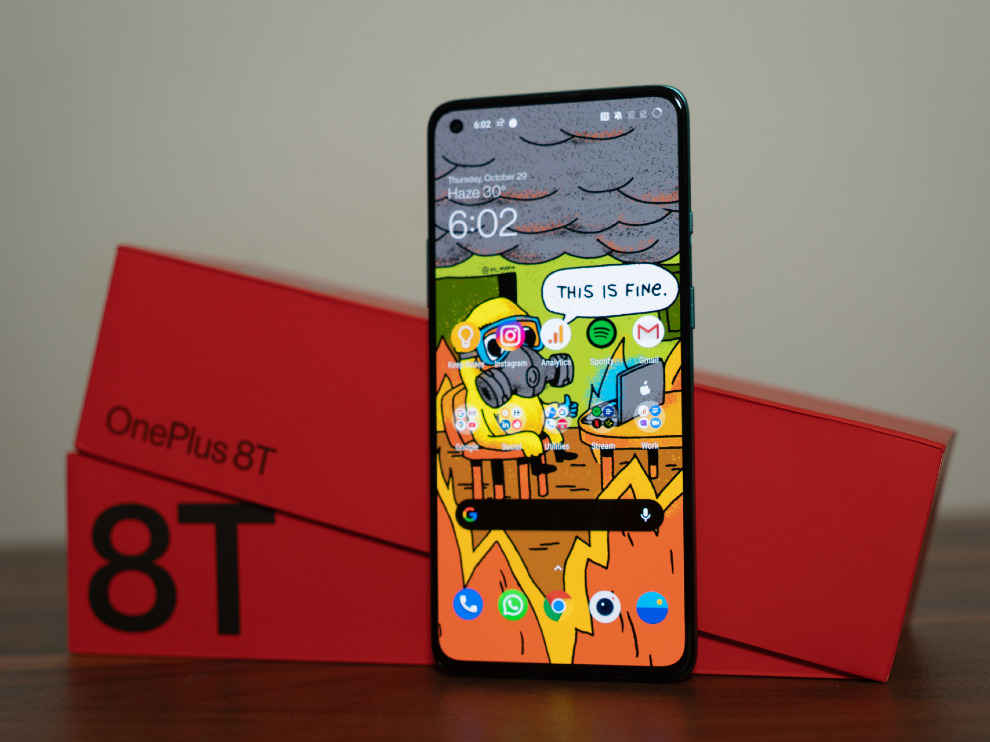
PERFORMANCE
With OnePlus opting out of the speed-binned variant of the Snapdragon 865, the benchmark scores of the OnePlus 8T remain largely the same as its predecessor. Interestingly, the OnePlus 8T goes back to using LPDDR4X RAM, instead of LPDDR5 used on both the OnePlus 8 and 8 Pro earlier this year. This after a detailed forum post on how the latest RAM module improves operating speed, definitely feels like a compromise on paper, and the benchmark scores also reflect that when compared to the OnePlus 8. That certainly feels odd, but might disappoint the speed enthusiasts who buy a OnePlus flagship thinking that it’s the latest and the best.
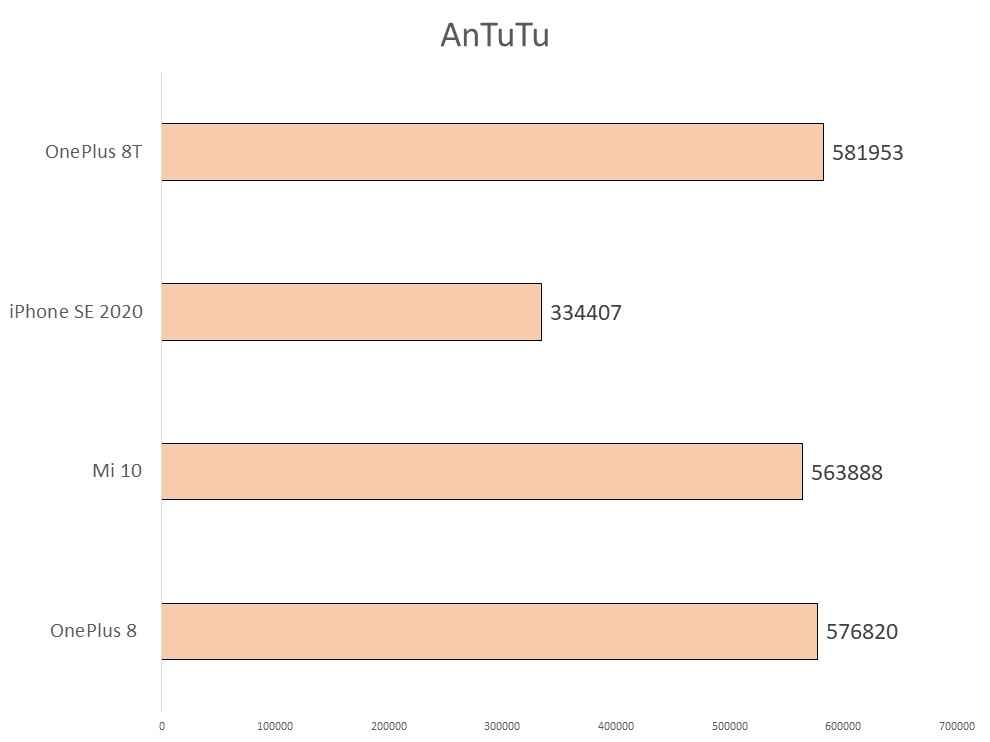
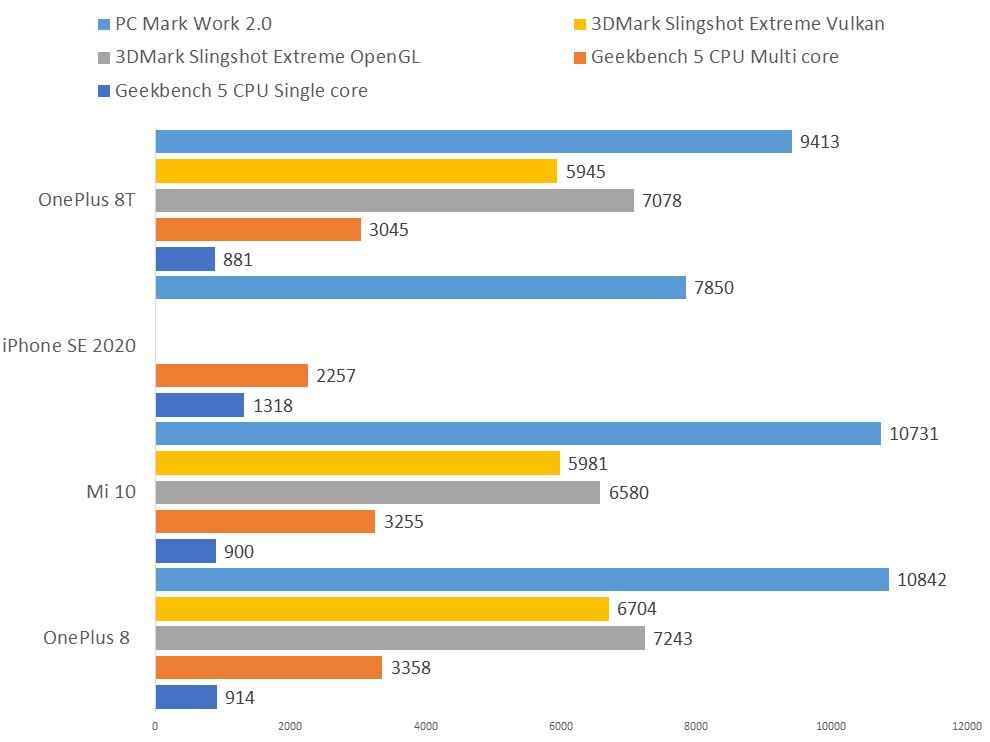
Thankfully, the real world performance is reassuring, and is actually a testament to the fact that benchmark scores and real world usage are poles apart. The lower scores should ideally indicate that the OnePlus 8 should feel faster than the OnePlus 8T, but set the refresh rate to 90Hz on the 8T, and we guarantee you won’t see any difference in the speed at which the phone boots up, unlocks and launches apps. It’s definitely a good thing as the OnePlus 8 was already plenty fast and gets the job done effortlessly. The 120Hz refresh rate is the only thing that seems to separate the experience of using the phone. It’s ever so slightly smoother, like how the 8 Pro was as compared to the OnePlus 8.
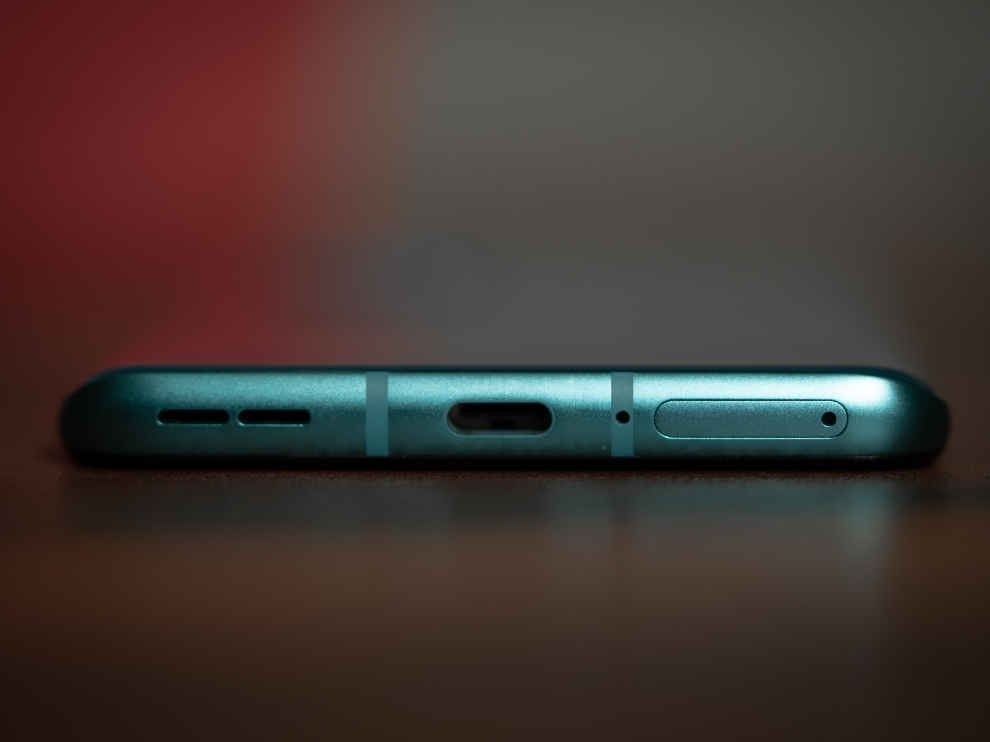
The dual stereo speakers are loud, with audible sound separation, making watching episodes on the pot a lot more immersive. The on-screen fingerprint sensor works just as fast as the 8 Pro, but if you have face unlock enabled, you won’t even need to use it. The storage is also blazing fast. All the photos I clicked on the phone got transferred in less than 5 minutes. That was around 4GB of data.
GAMING
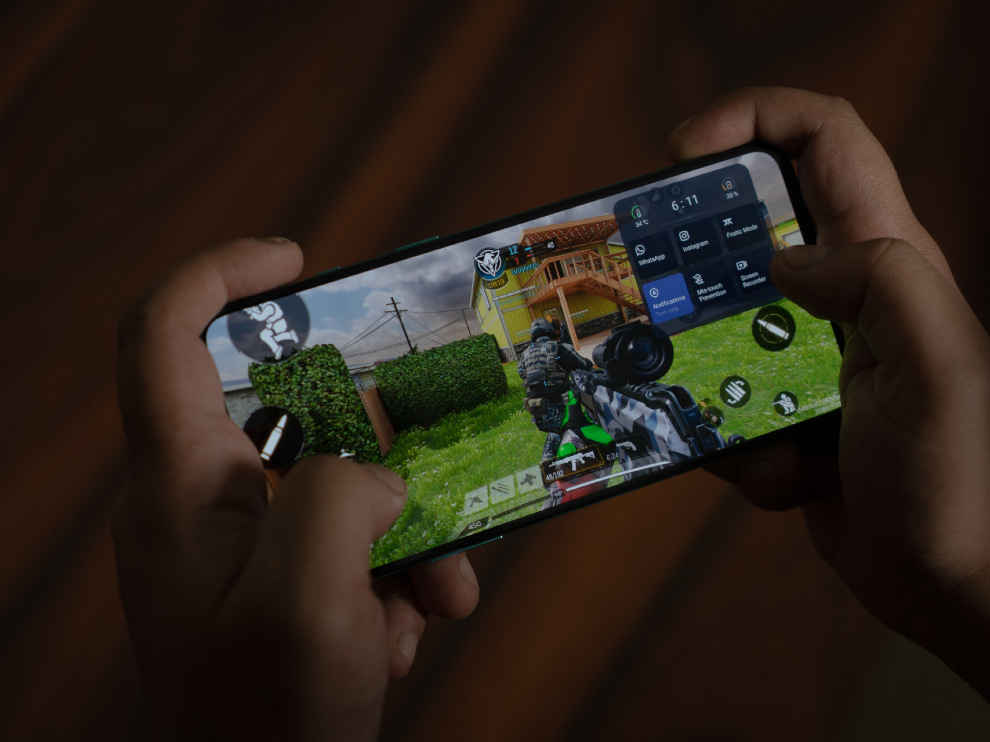
OnePlus flagships have always offered the best gaming experience without the extra buttons and triggers found in a typical gaming phone. And the OnePlus 8T is no different, and unlike the OnePlus 8 Pro, doesn’t heat up excessively. I tried my hand on a few rounds of Call of Duty: Mobile’s Team Deathmatch, and it’s really the best it can get right now. Having built a habit of playing COD on the ROG Phone 3, I didn’t feel a big difference in gameplay, except for missing the AirTriggers. The touch sensitivity and the large surface area is perfect for quickly moving around and aiming, and the response times are near accurate on a good Wi-Fi connection.
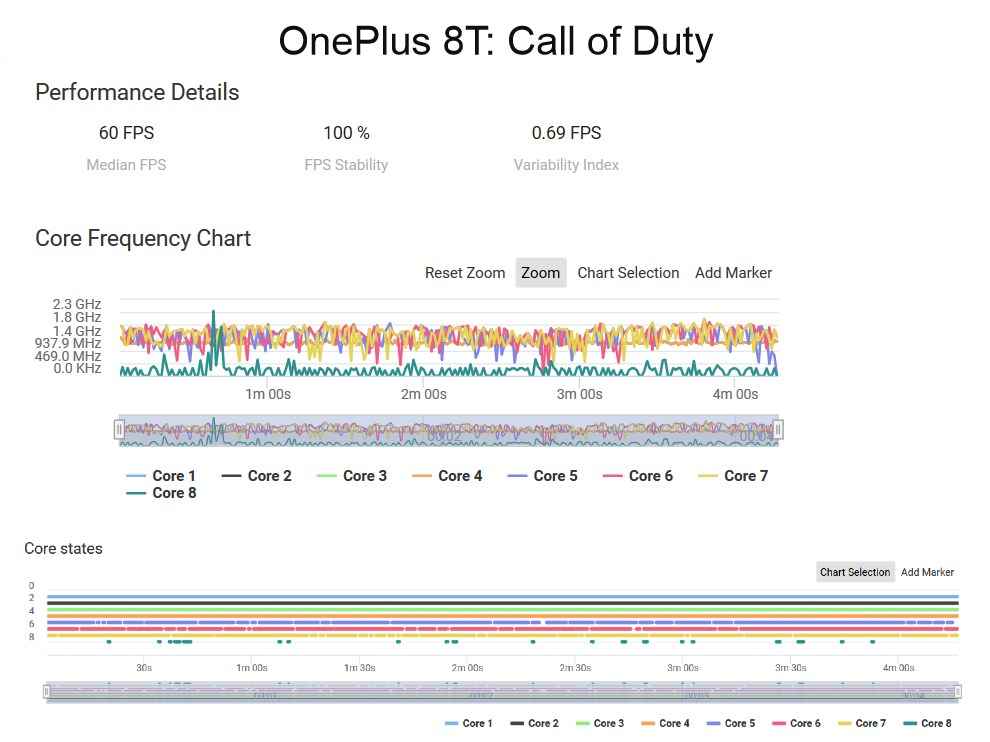
The game ran at 60 FPS at 100% stability, and it only got slightly warm after three matches. Now, despite having a 120Hz display, none of the mainstream Android games will run at 120FPS. 90FPS on Fortnite has been promised, but that’s likely going to be at the cost of low quality graphics.
SOFTWARE
The OnePlus 8T did give me a chance to explore the new OxygenOS 11 to its fullest, and that’s the real charm of using the device. Not the flagship hardware as such, because now that I’ve had a taste of the same experience on mid-range hardware, there are reasons to believe spending upwards of Rs 40,000 will not make much of a difference in the overall experience, when it comes to OnePlus smartphones.
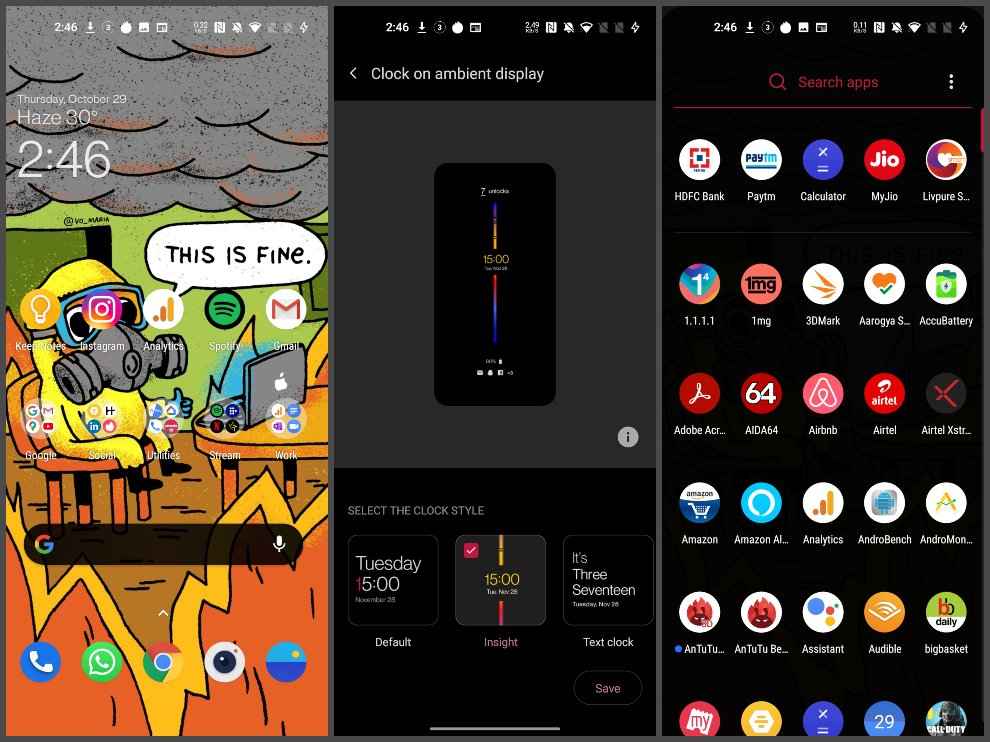
Nevertheless, OxygenOS 11 is still eluding the Nord, with the 8 series being the only one with it for now. There are improvements across the board, some incremental and some game-changing, like the Always-on display. That is one big missing piece that makes OxygenOS the best Android skin in my books. It disappeared from the OnePlus 6, and returned with more powers on the OnePlus 8T. It’s called Ambient Display and it’s always-on, and now shows the number of times you have unlocked the phone throughout the day in a minimalist visual.
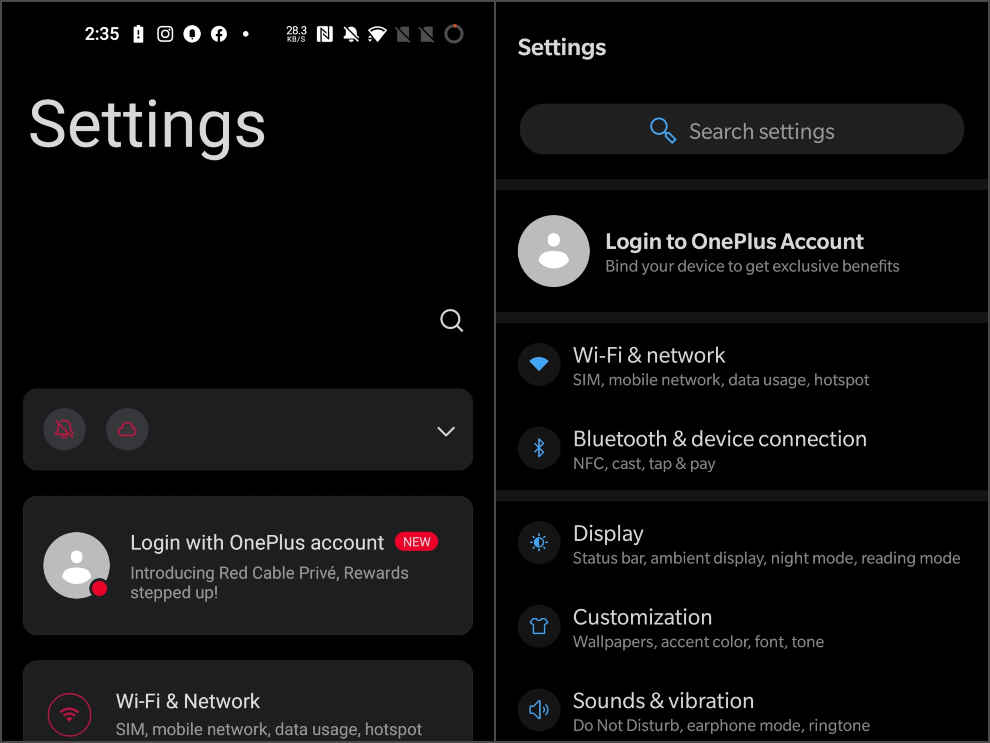
OnePlus has removed the OnePlus Slate Font and replaced it with Sans, which did take a little time for me to get used to. Menu titles are big and bold, sub-menus have rounded corners; you can also customise the icon shapes, the colour accents and
There’s also a pull-out game bar you can use to toggle settings on the fly, quick access to Google Home devices and more. It’s not a major visual upgrade as such, and the UI still feels just as smooth, slick and fast. I doubt there’s anything more OnePlus can do here.
CAMERA
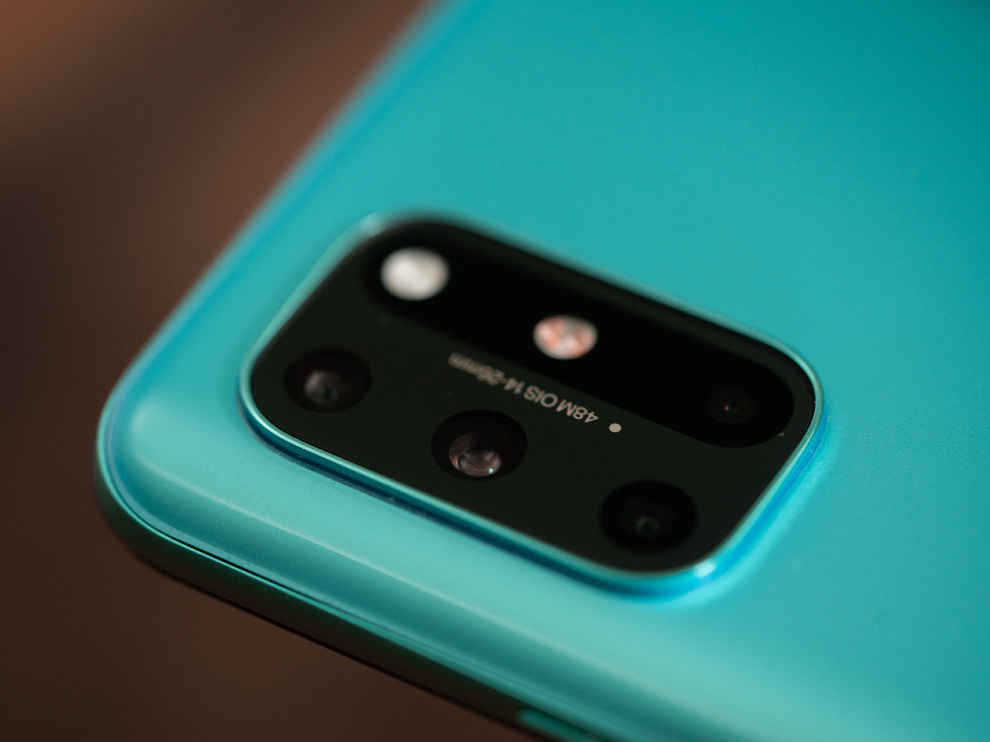
With the OnePlus 8T in place, we now have three OnePlus smartphones using the same 48MP camera sensor, including the OnePlus 8 and the OnePlus Nord. This, when the competition has already moved on to larger sensors seems quite ‘unsettling’ for OnePlus. The performance I felt was being held back for this reason. The ultrawide camera is also the same as before, but there’s now a larger macro camera and a 2MP monochrome lens.
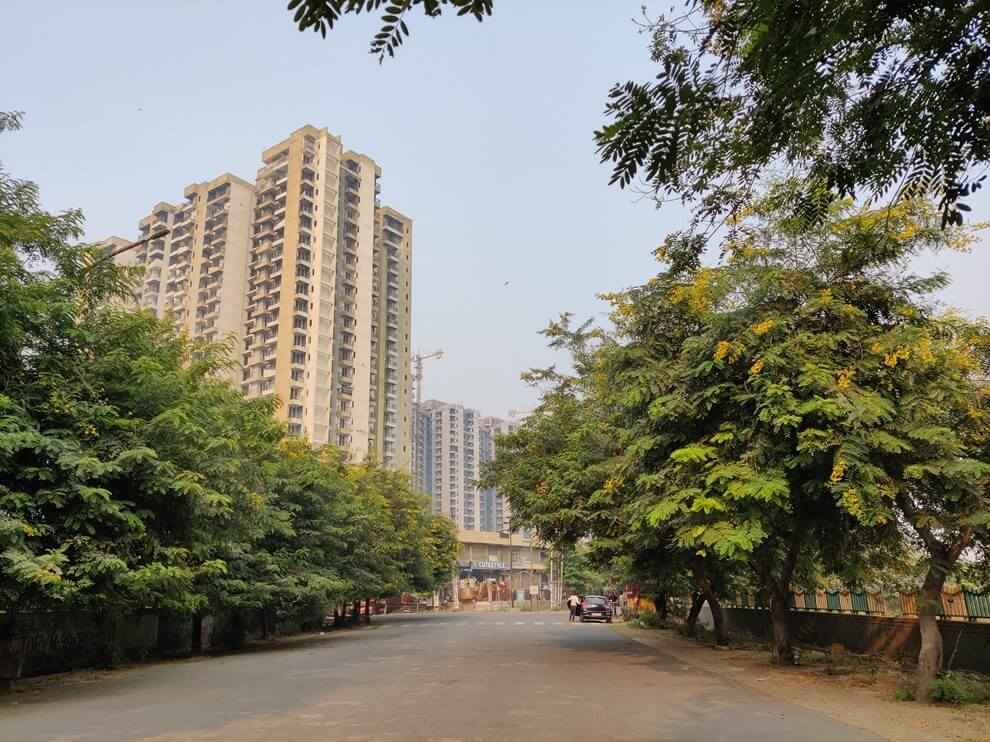
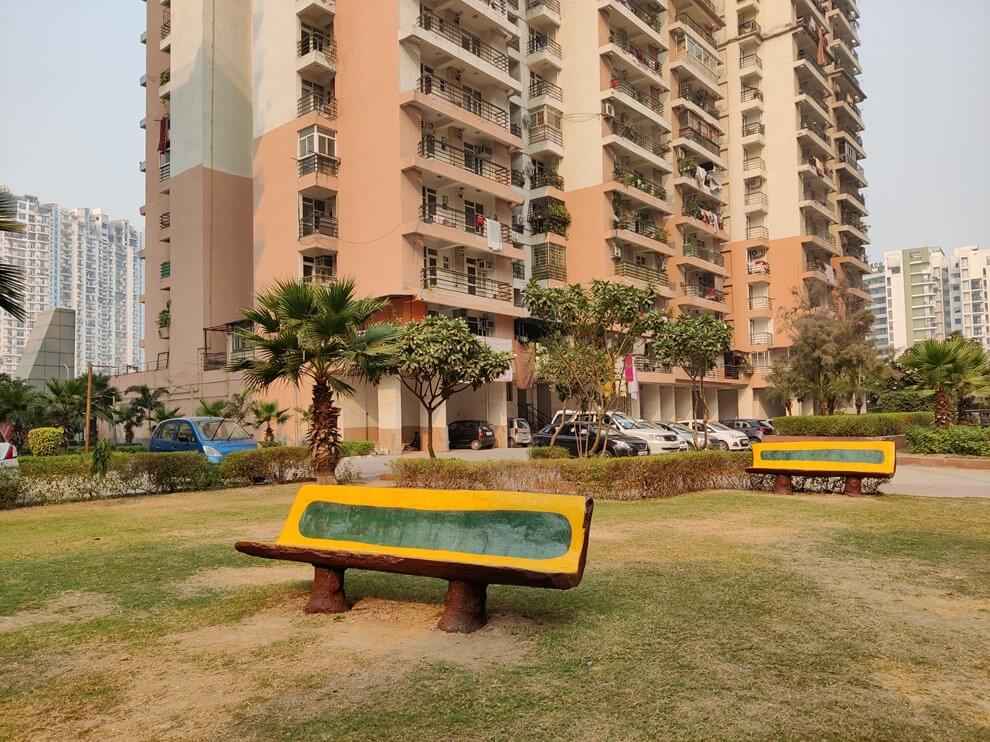
The camera performance, as a result of the hardware, isn’t anything groundbreaking. The output is ever so slightly better than the OnePlus Nord, but nowhere close to the results from the OnePlus 8 Pro. Both the OnePlus Nord and the OnePlus 8 Pro also carry a warm tinge in photos shot in the day, which the 8T gets right. The colours are nicely balanced, and even with a dominance of green in the frame, the white balance is not off.

OnePlus 8T

OnePlus Nord

OnePlus 8 Pro
The level of details in photos shot from the primary 48MP camera is similar to the OnePlus 8 and the OnePlus Nord. You can crop by at least 2x without losing the details too much. The overall sharpness, including the center and the edges are uniformly good, and the dynamic range is just shy of what the 8 Pro can produce with its larger sensor.

The ultrawide lens too outputs sharp, clean photos given the source of light is ample and not directly in the frame. In the day, the 16MP shooter produces sharp details in the center, with very little distortion in the corners. The colours are also quite consistent moving from the primary to the ultrawide lens.
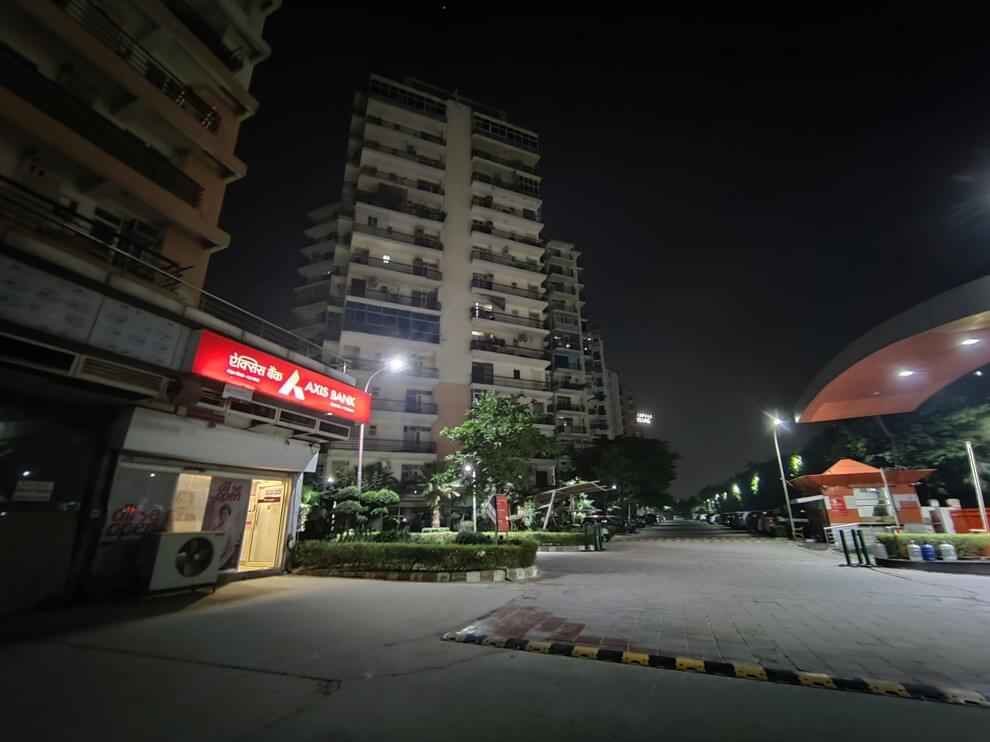
The good thing is that the ultrawide lens now works with the Nightscape mode, and there’s a definite improvement in using the lens in lowlight. Don’t think iPhone standards, but at least you are now able to get a lot more light in through the small aperture, details be damned.
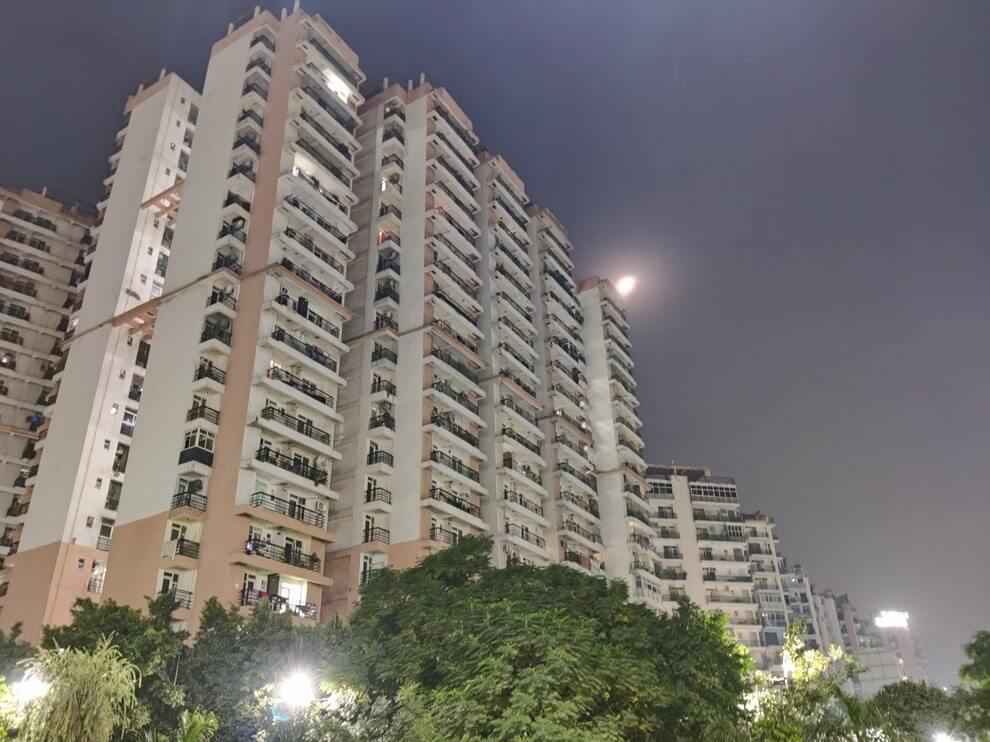

The Nightscape mode using the primary lens, is now faster than before, and pushes the brightness of the frame to make it look like it’s morning. I’m guessing there are admirers of this effect, but personally, I like to keep my photos natural, and the Nightscape mode by default doesn’t allow it. You need to dial down the exposure level to reduce the brightness, at the cost of darker shadows.

OnePlus 8T

OnePlus Nord

OnePlus 8 Pro
The OnePlus 8T also brings a larger macro lens, even as the 8 Pro simply uses the primary camera to take macro shots. The macro camera seens to have focus issues. It hardly got the details from the flower I was trying to capture.
Overall, the camera performance is sort of disappointing. Not that the photos aren't sharp and detailed. But the camera performance in OnePlus smartphones seems to have hit a plateau. The 8T camera could have done better with a larger sensor, and we’re unsure whether it was cost-cutting or, using up stock of older sensors that made OnePlus stick to a camera sensor launched two years back, even as smartphones like the Mi 10 and the Vivo X50 Pro innovated on using larger sensors and newer stabilisation methods. OnePlus' flagship lineup this year lacks that lustre. So if you are planning to get the OnePlus 8T for its camera performance, there are better options in the same price range.
BATTERY
The battery is where the OnePlus 8T will put all other OnePlus flagships to shame. After sticking to 30W fast charging for years, the 8T embraces hyperfast 65W fast charging, and what an impact it makes! It’s not the first time we are seeing 65W fast charging on a smartphone before. OnePlus’ BBK sibling Realme and Oppo have already outed smartphones with the technology, and you can avail that speed for as low as Rs 14,999. On the OnePlus 8T, the 65W only adds on to the long list of flagship features and makes this one even more compelling amidst competition. You will anyway have trouble draining the 4500mAh battery on the 8T. The optimisations in place keeps the battery drain extremely conservative when you are doing simple tasks like texting, browsing Twitter or even video calling. That’s usually how my morning goes, and from 100%, the battery drained only to 93% after the usual morning routine.
Even with heavy usage sprinkled with gaming, streaming content on Netflix and taking plenty of photos and videos, the OnePlus 8T lasts till the evening. And the moment the charge hits 15%, you can just plug it for 10 minutes to bring the battery level up to 50%. The total time it takes to charge the phone to full capacity is just over 30 minutes. Trust me, it’s a game-changer.
DESIGN AND DISPLAY
Another place that saw big changes is the design. The OnePlus 8T is now more in line with the OnePlus Nord’s design philosophy. OnePlus switched to a glossy glass finish and used a broader camera module in the top corner, housing four cameras and two flash modules. The frame is built out of aluminum and feels quite resilient. The phone is also as heavy as the OnePlus 8 Pro, and putting it in a cover makes it even heavier. The punch-hole camera, the speaker arrangement and the alert slider has been retained from its predecessor, and thankfully, the screen is now flat, and shows no glare or colour shift along the edges. Sadly, the OnePlus 8T is not water resistant and IP68 certified like the OnePlus 8 Pro.
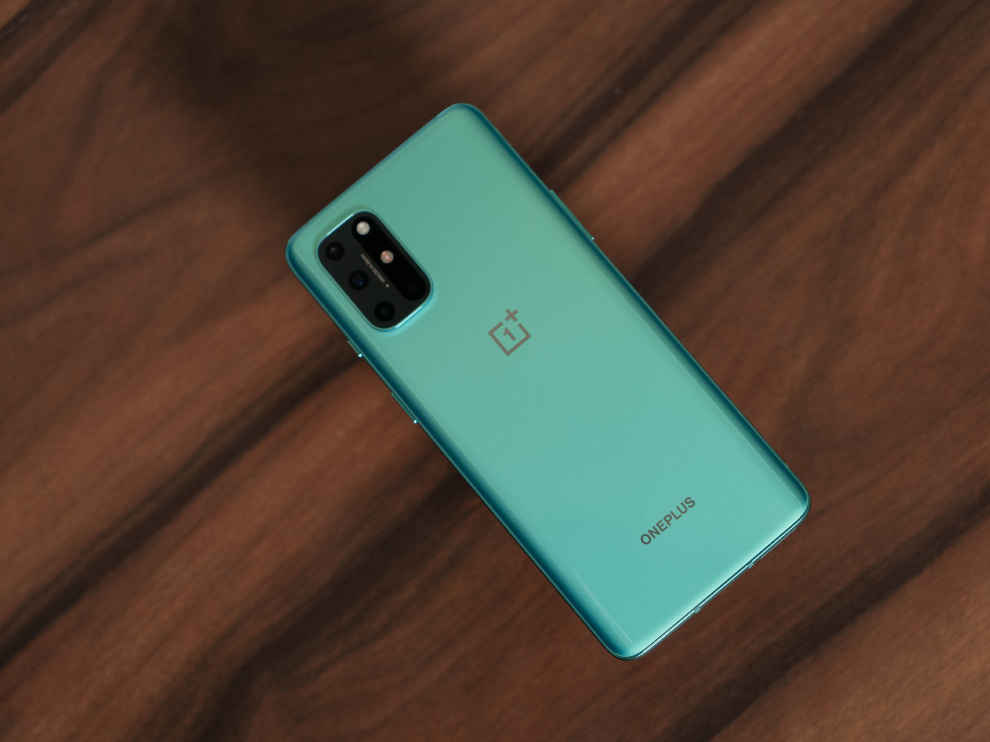
Speaking of the display, this really feels like the best panel we have seen on a OnePlus device. The 6.55-inch AMOLED display is tuned to produce bright and saturated colours with deep blacks and high contrast. Using the phone in Dark Mode is a charm, and watching HDR videos on YouTube is just as charming. Netflix still hasn’t certified the 8T yet, but that won’t take long. The panel is also ideal for gaming as the touch sampling rate can hit a claimed 240Hz. But here’s what’s missing — While the panel does sport 120Hz refresh, there’s no MEMC chip inside in the 8T to upscale videos to up to 120 fps, like the OnePlus 8 Pro. The resolution is also lower on the 8T’s panel. As a result, the OnePlus 8 Pro’s display visually remains the best, but I just prefer the flat screen more than the sharply curved edges.
BOTTOMLINE
With one of the smoothest displays, hyperfast charging, and a premium design, the OnePlus 8T offers almost everything one wants from a smartphone in 2020. Only the camera holds it back from challenging the stalwarts in the market, even its own Pro sibling. What it does offer is one of the best value for money devices out there. The 8+128GB variant launched at Rs 42,999 and goes up to Rs 45,999 for the 12+256GB variant, in line with the Xiaomi Mi 10 and the OnePlus 8. The OnePlus 8T is perfect if the camera is not the highest priority, but gaming, watching movies and speedy usage, is. It’s not as ergonomic as the Mi 10 or the OnePlus 8, because of its weight and thickness, but boy is it fast!
ONEPLUS 8T KEY SPECS, PRICE AND LAUNCH DATE
| Price: | |
| Release Date: | 15 Oct 2020 |
| Variant: | 128GB8GBRAM ,256GB12GBRAM |
| Market Status: | Launched |







Comments
Post a Comment
Please do not enter any spam link in the comment box